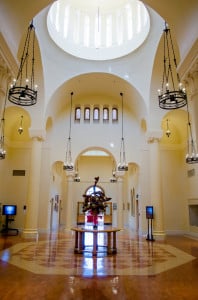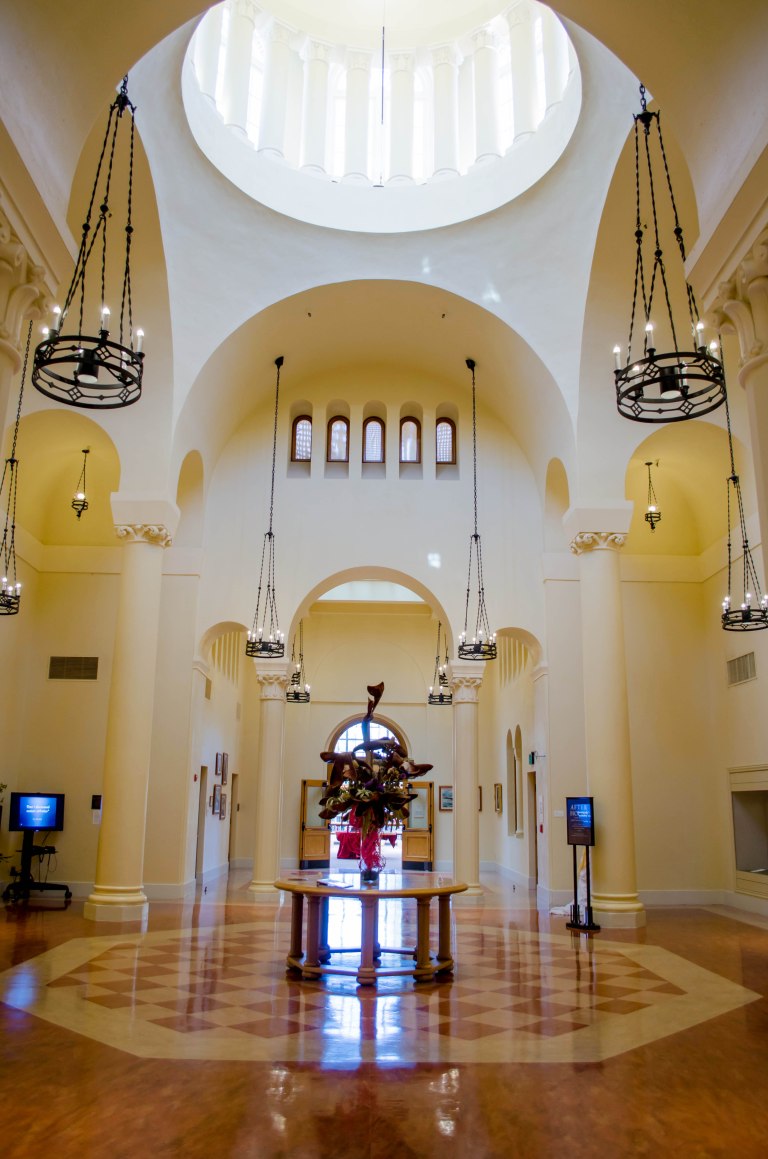
(FRANCES GUO/The Stanford Daily)
This summer, Stanford has started preparations to receive the David Rumsey Map Collection — considered one of the world’s largest collections of rare and antiquarian maps. The collection will arrive in the next year or two and will be housed in the soon-to-be-built David Rumsey Map Center in Green Library.
For now, the maps have remained off campus as the University has been in the process of designing the maps’ new home.
Map collector and president of Cartography Associates David Rumsey began gathering the collection over 25 years ago and announced in 2009 that it would be donated to Stanford. In 2012 he received the Warren R. Howell Award from the Stanford University Libraries for his contributions to the University.
According to Rumsey, technology has risen to the forefront in the University’s plans for the collection and the map center. Computerized tools, such as video and touch-sensitive walls, will be available beside the physical maps. ArcGIS, a platform for creating intelligent maps and geography apps, will also be incorporated.
“The collection lies just as much in the digital world as the physical world, and Stanford had the capability to handle that,” Rumsey said.
G. Salim Mohammed, who will serve as the collection’s curator, spoke about his excitement about the combination of digital and physical resources.
“There isn’t a center like the one we are envisioning on the West Coast,” Mohammed said.
The collection itself will also be an important resource for the University. Mohammed explained that the its large number of atlases is unique for a map collection.
“If you’re looking at 17th, 18th and 19th century North America, I think [the collection is] unparalleled,” Mohammed said.
Upon opening, the collection and center will provide opportunities and resources for the entire Stanford community — students and faculty alike. In addition to housing maps and other tools, the center will host exhibits, guest speakers and classes.
Making the collection available to students in addition to researchers was a key goal for Rumsey.
“I wanted it to go to a university that would use this for teaching,” Rumsey said. “I hope the students see in the maps the same things I did — they’re a way to understand history visually, and they give you such a strong sense of place.”
Although much work remains to be done before the center is completed, for now around 50,000 of the collection’s maps are available for free online.
Contact Michael Gioia at mgioia2 ‘at’ stanford ‘dot’ edu.
